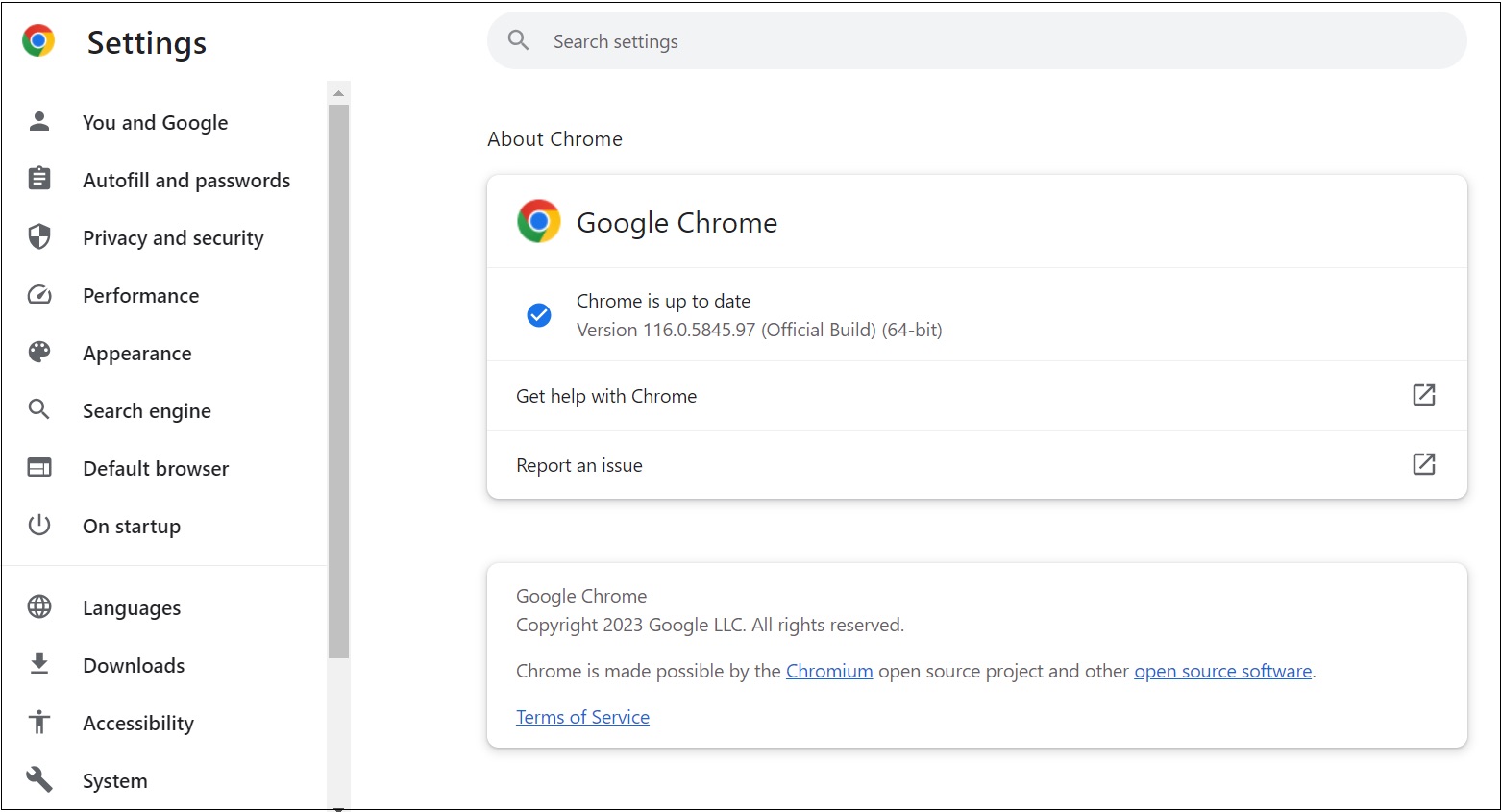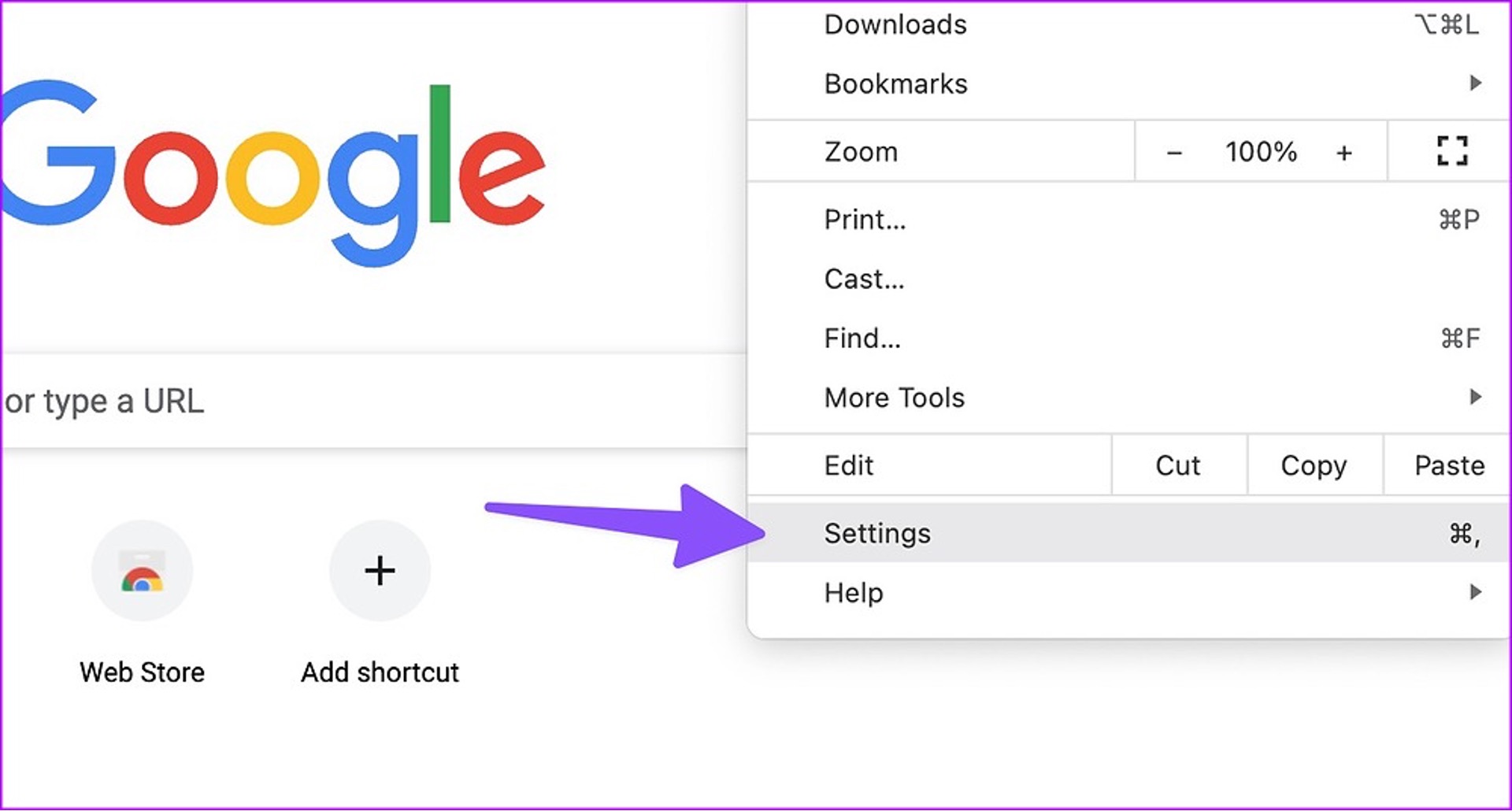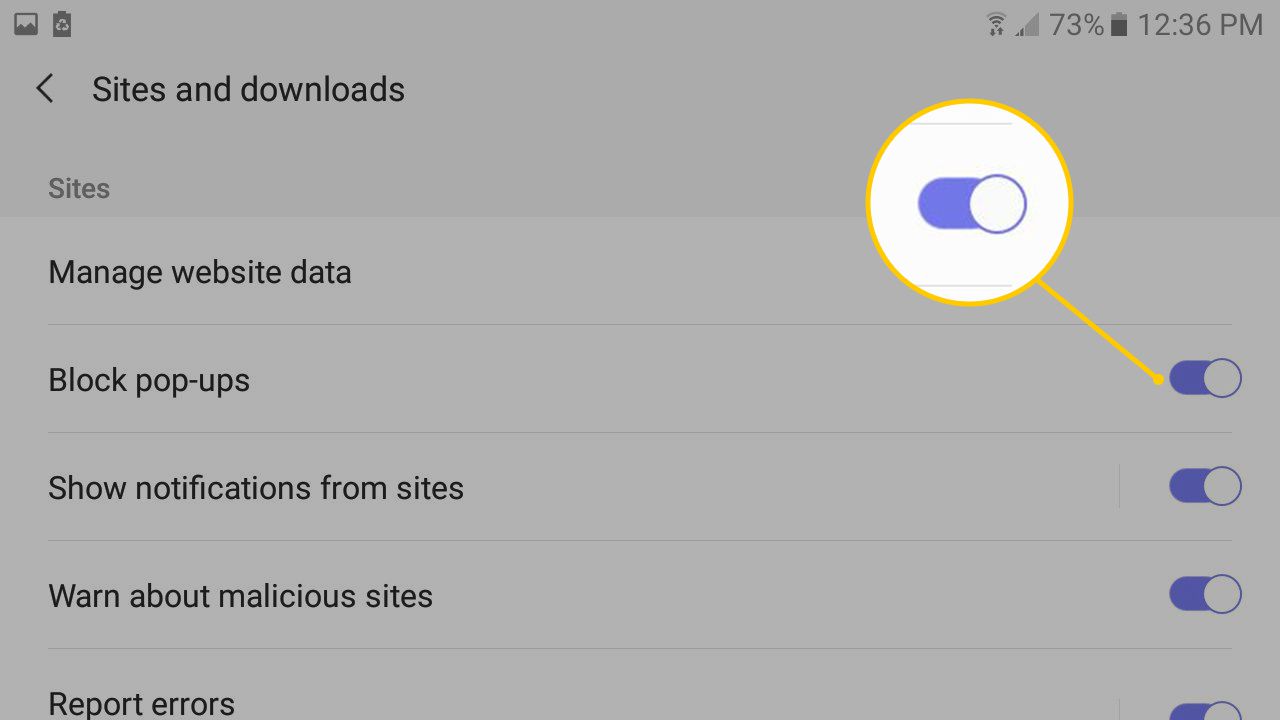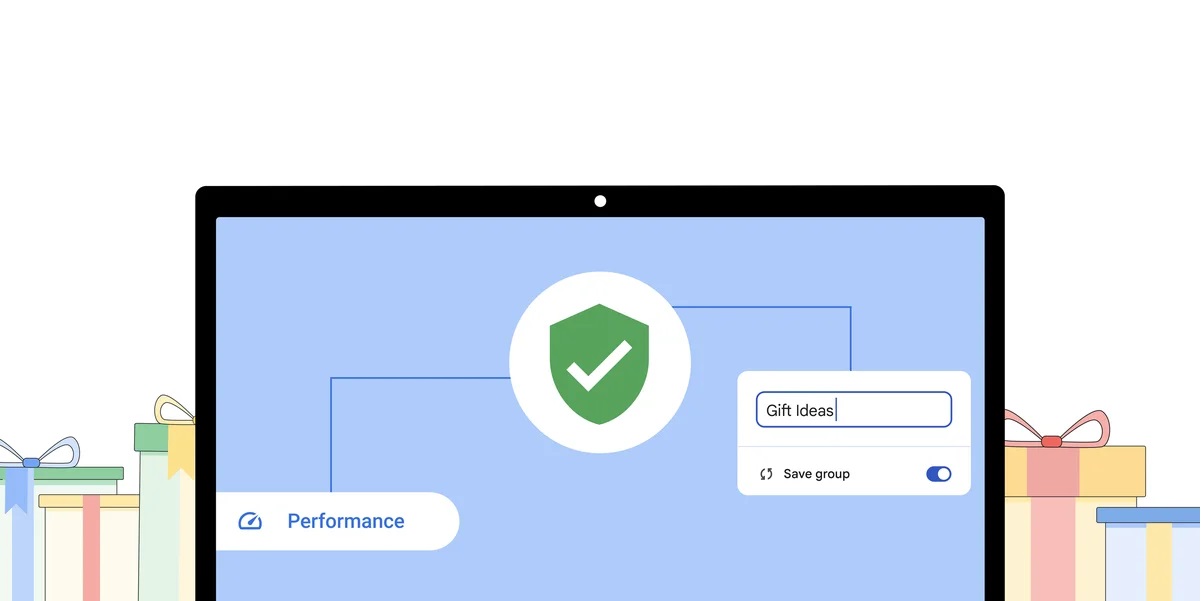Introduction
Chrome Data Saver is a nifty feature designed to optimize web browsing by reducing data usage and speeding up page loading times. This innovative tool is particularly beneficial for individuals who frequently find themselves in areas with limited or slow internet connectivity. By compressing web pages before they are loaded, Chrome Data Saver effectively minimizes data consumption, allowing users to conserve their data plans and enjoy a smoother browsing experience.
In today's digital age, where online activities have become an integral part of our daily routines, the need for efficient data management has never been more crucial. Whether you're scrolling through social media, conducting research, or streaming videos, every online interaction consumes data. This is where Chrome Data Saver steps in as a game-changer, offering a practical solution to mitigate data usage without compromising the quality of your browsing experience.
As the internet continues to evolve and expand, the demand for faster loading times and reduced data consumption has become increasingly prevalent. Chrome Data Saver addresses these demands by employing advanced algorithms to compress web content, resulting in significant data savings without sacrificing the integrity of the information being accessed. This not only benefits users with limited data plans but also contributes to a more sustainable and efficient use of internet resources.
In the following sections, we will delve deeper into the inner workings of Chrome Data Saver, exploring its mechanisms, benefits, and potential drawbacks. Additionally, we will provide a step-by-step guide on how to enable this feature, empowering users to harness its capabilities and optimize their browsing experiences. So, let's embark on this journey to uncover the transformative potential of Chrome Data Saver and unlock the key to a more streamlined and data-efficient browsing experience.
How Does Chrome Data Saver Work?
Chrome Data Saver operates by employing a series of intelligent techniques to reduce the amount of data transmitted while browsing the web. When a user enables this feature, all web traffic is routed through Google servers, which then compress and optimize the content before delivering it to the user's device. This process significantly reduces the amount of data transferred between the user's device and the internet, resulting in faster loading times and reduced data consumption.
The primary mechanism behind Chrome Data Saver is data compression. When a user requests a web page, the browser sends the URL to Google's servers, which then fetch the page on the user's behalf. The server compresses the page by removing unnecessary elements, such as whitespace, and optimizing images to reduce their file sizes without compromising their visual quality. This compressed version of the web page is then sent back to the user's device, where it is decompressed and displayed in the browser.
In addition to data compression, Chrome Data Saver also leverages caching to further enhance browsing efficiency. Cached content, such as images and scripts, is stored on Google's servers after the initial request, allowing subsequent requests for the same content to be fulfilled more quickly. This reduces the need to re-download the same content, leading to additional data savings and faster page loading times.
Furthermore, Chrome Data Saver intelligently identifies and prioritizes the elements of a web page that are essential for a seamless user experience. By focusing on loading critical content first, such as text and core images, the feature ensures that users can access the most vital information without unnecessary delays. Non-essential content, such as ads or large images, may be loaded later or omitted altogether, contributing to further data savings and expedited page rendering.
Overall, Chrome Data Saver's intricate combination of data compression, caching, and content prioritization works harmoniously to streamline the browsing experience. By minimizing data usage and optimizing page loading, this feature empowers users to make the most of their data plans while enjoying a faster and more efficient web browsing experience.
Benefits of Using Chrome Data Saver
Using Chrome Data Saver offers a multitude of advantages that cater to the diverse needs of internet users. Let's explore the compelling benefits of leveraging this innovative feature:
-
Data Conservation: By compressing web content and optimizing data transmission, Chrome Data Saver significantly reduces data usage. This is particularly beneficial for individuals with limited data plans or those seeking to minimize their data consumption, ultimately leading to cost savings and prolonged data plan longevity.
-
Faster Page Loading: The data compression and content prioritization techniques employed by Chrome Data Saver result in accelerated page loading times. Users can access web content more swiftly, enhancing their overall browsing experience and reducing frustrating delays, especially in areas with slower internet connections.
-
Improved Browsing Experience: With reduced data consumption and faster loading times, Chrome Data Saver contributes to a smoother and more seamless browsing experience. Users can navigate websites with greater ease, access information promptly, and enjoy a more responsive interaction with online content.
-
Enhanced Privacy and Security: When utilizing Chrome Data Saver, web traffic is routed through Google's servers, where it undergoes data optimization. This process can provide an additional layer of privacy and security, as the original web servers may not directly receive the user's IP address, potentially reducing the exposure of personal information during browsing sessions.
-
Optimized for Mobile Browsing: Mobile users, in particular, can benefit from Chrome Data Saver's data-saving capabilities. With the prevalence of mobile data usage, this feature allows users to make the most of their data plans while on the go, ensuring efficient browsing without excessive data consumption.
-
Accessible in Low-Connectivity Areas: In regions with limited internet connectivity, Chrome Data Saver becomes a valuable asset. By minimizing data usage and streamlining page loading, users can access web content even in areas with slower or less stable internet connections, expanding the reach of online resources.
-
Sustainable Data Management: As the digital landscape continues to evolve, the responsible use of data resources has become increasingly important. Chrome Data Saver promotes sustainable data management by optimizing data usage, contributing to a more efficient and mindful approach to internet consumption.
In essence, Chrome Data Saver empowers users to harness the full potential of their browsing experiences while promoting data efficiency and cost-effectiveness. By embracing this feature, individuals can enjoy faster, more streamlined browsing sessions, all while conserving data and enhancing their overall online interactions.
How to Enable Chrome Data Saver
Enabling Chrome Data Saver is a straightforward process that empowers users to take full advantage of its data-saving capabilities. Follow these simple steps to activate Chrome Data Saver and optimize your browsing experience:
-
Open Chrome Browser: Launch the Chrome browser on your desktop or mobile device. Ensure that you are using the latest version of Chrome to access the most up-to-date features and enhancements.
-
Access Settings: Click on the three-dot menu icon located in the top-right corner of the browser window. From the dropdown menu, select "Settings" to access the browser's configuration options.
-
Navigate to Data Saver Settings: Within the Settings menu, scroll down and click on "Advanced" to reveal additional settings. Locate and select "Data Saver" from the expanded list of options. This will direct you to the Data Saver settings page.
-
Enable Data Saver: On the Data Saver settings page, you will find a toggle switch labeled "Data Saver." Simply click on the toggle switch to enable the feature. Once activated, Chrome Data Saver will immediately begin optimizing your web traffic to reduce data usage and enhance browsing efficiency.
-
Monitor Data Savings: After enabling Chrome Data Saver, you can monitor your data savings and browsing performance by returning to the Data Saver settings page. Here, you can view detailed statistics on the amount of data saved, as well as insights into the impact of data optimization on your browsing experience.
-
Customize Data Saver Settings (Optional): For users seeking additional control over their data-saving preferences, Chrome provides the option to customize Data Saver settings. By clicking on "Details," you can access advanced settings to tailor the behavior of Data Saver according to your specific requirements.
By following these steps, users can seamlessly enable Chrome Data Saver and unlock its transformative potential. Whether you're aiming to conserve data, accelerate page loading times, or enhance your browsing privacy, Chrome Data Saver offers a user-friendly solution to streamline your online interactions.
Enabling Chrome Data Saver is a proactive step toward optimizing your browsing experience and maximizing the efficiency of your data usage. By incorporating this feature into your browsing routine, you can enjoy a more responsive, cost-effective, and sustainable approach to navigating the digital realm.
Potential Drawbacks of Using Chrome Data Saver
While Chrome Data Saver offers compelling benefits for optimizing web browsing, it is essential to consider potential drawbacks that users may encounter when utilizing this feature. Understanding these limitations can provide a comprehensive perspective on the implications of integrating Chrome Data Saver into one's browsing experience.
-
Impact on Encrypted Connections: Chrome Data Saver's data optimization process involves routing web traffic through Google's servers for compression and optimization. While this enhances data efficiency, it may impact encrypted connections, such as secure HTTPS websites. The intermediary processing of web traffic by Google servers could potentially raise concerns regarding the privacy and security of sensitive data transmitted over encrypted connections.
-
Content Compatibility: In some instances, the data compression and optimization performed by Chrome Data Saver may affect the compatibility and rendering of certain web content. This can lead to visual discrepancies or functional limitations on websites that rely on specific data formats or intricate page structures. Users may encounter instances where certain elements of a web page do not display as intended due to the compression process.
-
Limited Customization: While Chrome Data Saver offers a toggle switch to enable or disable the feature, users have limited control over the specifics of data optimization. The lack of granular customization options may pose challenges for individuals who seek more nuanced control over how their web content is compressed and delivered. This limitation could impact the user experience for those with specific browsing requirements.
-
Potential Latency: The rerouting of web traffic through Google's servers for data optimization introduces an additional layer in the data transmission process. While the intention is to enhance browsing efficiency, this intermediary step may introduce minimal latency in accessing web content, particularly for users with high-speed internet connections. The slight delay in data processing could be noticeable in certain browsing scenarios.
-
Data Privacy Considerations: Users should be mindful of the potential implications on data privacy when utilizing Chrome Data Saver. As web traffic is routed through Google's servers for optimization, there may be concerns regarding the extent of data collection and processing by Google during this process. While Google states that the data optimization is performed in a privacy-preserving manner, users should evaluate their comfort level with this aspect.
It is important to weigh these potential drawbacks against the benefits of Chrome Data Saver to make an informed decision regarding its usage. By considering these factors, users can assess whether the trade-offs associated with data optimization and browsing efficiency align with their individual preferences and requirements.
Conclusion
In conclusion, Chrome Data Saver stands as a formidable ally in the realm of web browsing, offering a compelling blend of data efficiency, browsing optimization, and user empowerment. By harnessing the power of data compression, content prioritization, and intelligent caching, Chrome Data Saver delivers tangible benefits that cater to the diverse needs of modern internet users.
The seamless integration of Chrome Data Saver into the browsing experience presents a proactive approach to data management, enabling users to navigate the digital landscape with enhanced efficiency and cost-effectiveness. Whether it's conserving data, accelerating page loading times, or accessing web content in low-connectivity environments, Chrome Data Saver emerges as a versatile tool that adapts to the dynamic demands of online interactions.
While the feature's benefits are substantial, it is crucial for users to weigh the potential drawbacks, such as the impact on encrypted connections and limited customization, against the advantages offered by Chrome Data Saver. This balanced consideration empowers individuals to make informed decisions regarding the integration of this feature into their browsing routines, aligning with their unique preferences and browsing requirements.
As the digital ecosystem continues to evolve, the responsible and efficient use of data resources has become increasingly paramount. Chrome Data Saver embodies a proactive step toward sustainable data management, promoting a mindful approach to data consumption while ensuring a responsive and streamlined browsing experience for users across diverse connectivity scenarios.
In essence, Chrome Data Saver transcends the conventional boundaries of web browsing, positioning itself as a catalyst for data efficiency, browsing optimization, and user-centric empowerment. By embracing this feature, individuals can embark on a journey toward a more sustainable, cost-effective, and seamless browsing experience, all while maximizing the potential of their data plans and expanding their digital horizons.

























